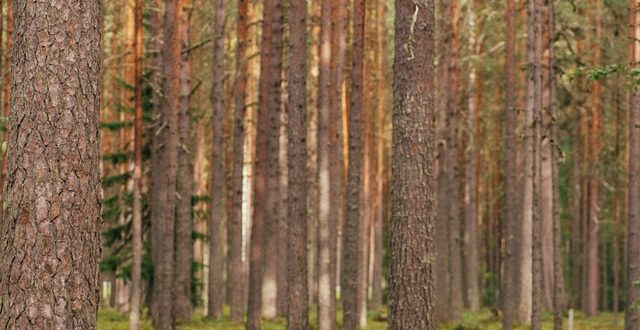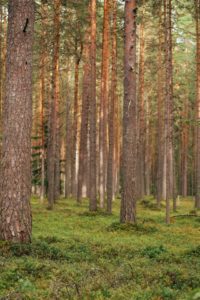Fire and Ecological Succession
Each ecosystem will lead to different fire behavior. Organisms within the ecosystems will adapt to match the fire behavior.
However, there are some similarities across all ecosystems. The biggest is that a fire will create a mosaic of habitat patches. Some areas will have just been burned, while others have been untouched for decades.
This is ecological succession. A site will progress through the various phases of regrowth and colonization after a fire, usually characterized through the vegetation changes in the area.
Recolonization of Plants
The first species to recolonize after a fire will be those that already have seeds in the soil. If there are none like that, they first ones are those where the seeds will travel quickly to an area. Most of the time, these types of plants are known as fast-growing herbaceous plants. They require light. After a fire, they will get that light with the other plants out of the way.
These plants are overtaken with time. The shady-growing plants will get a chance to take over, suppressing the herbaceous plants until the next fire.
Some of the most common species to grow first is the conifers. They will eventually be replaced by the broad leaf trees when there is a lower risk of fires. Both types of species need each other for success after a fire.
Exploiting the Fires
All living things will exploit the various things in life. We think of humans as doing that, but plants and animals do it too. Animals and plants certainly do it when it comes to wildfires.
Various plants and animals will exploit the stages in fire succession. They’ll use the various patches that form within the succession process, allowing them to thrive and grow.
Soil factors play a part in the process, especially when it comes to microbes. They need the right topography and climate, as well as the right fire-adapted ecosystem.

